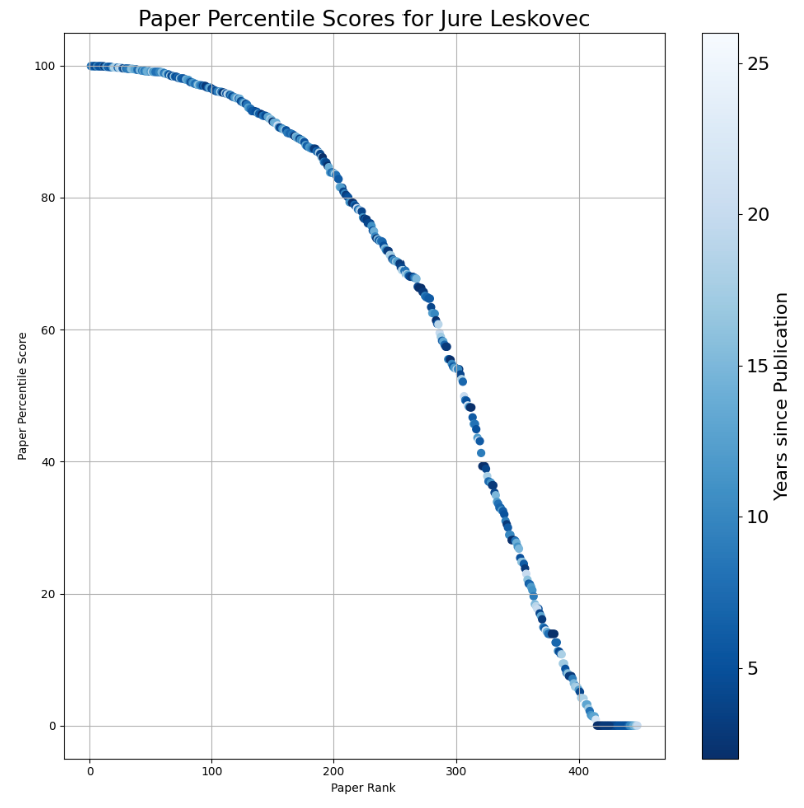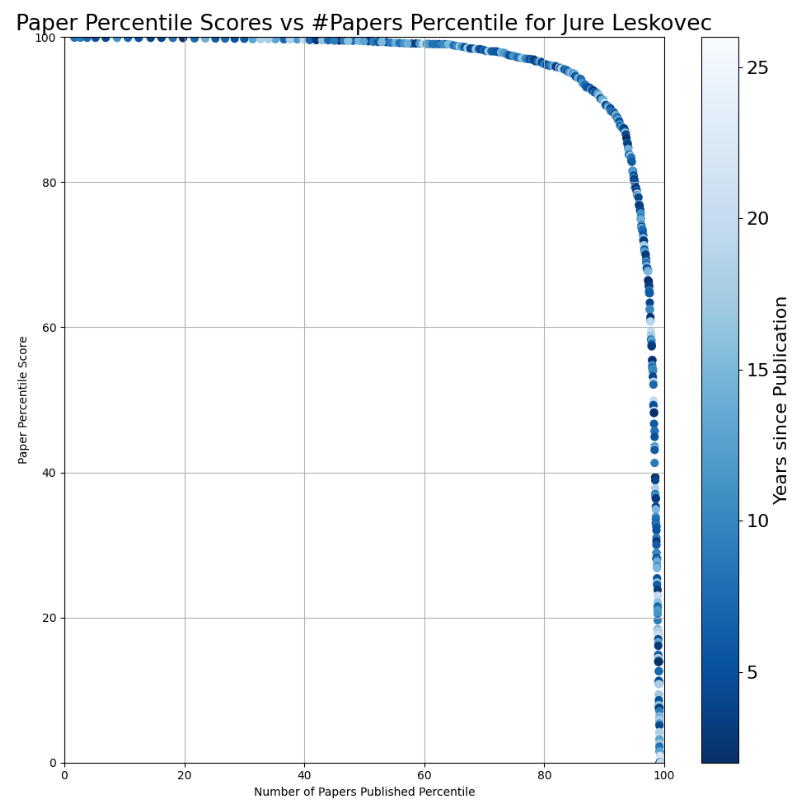Imagine you're building a Large Language Model. You need data—lots of it. If you can find text data of high quality, vetted, truthful, and useful, it would be... great! So, naturally, you head online and find a treasure trove of books neatly indexed, conveniently downloadable, and completely free. The catch? You're looking at LibGen—one of the most infamous pirate libraries on the internet.
This isn't hypothetical. Recently, Meta made headlines for allegedly training their flagship LLM, LLaMA, on content from LibGen. But—can you even do that?
Let’s unpack the legal mess behind the scenes, step-by-step.
First: Is Using LibGen Even Legal?
Short answer: Absolutely not. Downloading copyrighted books from LibGen is textbook piracy. Think of it like grabbing a handful of snacks at the supermarket without paying—it's convenient but totally illegal.
Second: Does Training an AI Change the Equation?
Here’s where it gets fuzzy. In the U.S., you can claim "fair use"—the idea that some copying is permissible if you're transforming the original work into something new and valuable. (We covered this in an earlier blog post.)
Remember the Google Books case? Google scanned millions of books without permission. Authors sued, but courts sided with Google, citing fair use. The logic was that indexing books for search purposes created something valuable without substituting the original.
Consider another example: the Authors Guild v. HathiTrust case. Libraries scanned books to help visually impaired readers and enable text search. Courts also ruled this fair use, emphasizing the transformative nature and public benefit. However, both these cases involved legally acquired copies—not pirated ones.
So, could Meta’s training of LLaMA fall under the same umbrella? Possibly, yes, claiming the same fair use approach. There is a subtle difference: Google used legally accessible copies (from libraries), while Meta reportedly took a different route. Legally speaking, when we talk about copyright and fair use in the US, the source of the copyrighted data does not directly affect the outcome. (Although it can affect the attitude of a jury or a judge if they believe that the defendant acted in bad faith.)
Third: What About the EU?
If you thought U.S. law was tricky, the EU adds another layer of complexity. They don’t have a broad "fair use" policy, but they've introduced exceptions specifically for Text and Data Mining (TDM). Good news for researchers and AI developers, right? Except there's a big "BUT": EU law explicitly requires lawful access. Pirate libraries like LibGen don't qualify.
In other words, in Europe, using LibGen isn't just risky—it's explicitly illegal.
Fourth: Is there a Legal Defense for using LibGen?
There is a very reasonable argument that training an AI is transformative—after all, an LLM doesn’t copy books; it learns from them. Consider also the LAION case from Germany. LAION, a nonprofit, scraped images from stock photo sites to train AI models. The court allowed it, but crucially because LAION had legitimate access and was a non-commercial entity. The outcome might differ sharply for a commercial giant sourcing pirated content.
There is also the counterargument from authors and publishers that LLMs themselves create (for competitive reasons) a market for licensing content, as the different LLM providers try to get access to exclusive, licensed content as a differentiating factor, in the same way that various streaming companies compete to get exclusive access to films, shows, and TV series. It is a bit of a circular argument (without free training of LLMs, can the LLMs get good enough to create a licensing market?), but we will have to wait for the courts to decide.
Fifth: What's the Risk Here?
For researchers at universities or small startups, casually using LibGen might seem harmless. The risks escalate quickly when you're a global company. Training on "presumed free" copyrighted data differs from "willful infringement"—the legal term for knowingly breaking copyright law.
The fact that LLaMA is Open Source is a significant factor here, as there is less of a profit factor here, but when the trainer is a trillion-dollar company, the courts may behave differently. We will see...
After all, while pirates make great movie characters, they're generally less popular in courtrooms.





